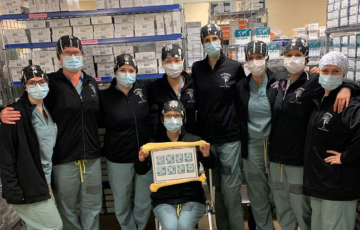All water suppliers in British Columbia are required to monitor water that reaches consumers for total coliform bacteria and Escherichia coli (E.coli) regularly. The monitoring is one part of a comprehensive approach to safe drinking water.
- The presence of E. coli in a water sample indicates that bacteria capable of causing illness may be present in the water system.
- The presence of total coliform bacteria may indicate a breakdown in the treatment process, or growth in the distribution system.
Water Sample Results
Find Capital Regional District (CRD) owned and operated water supply systems sample results.
Find drinking water results. Data starts from January 2009 onward, so some locations will not list results right away.
For more information or to access sample results prior to January 2009, please call your local Environmental Health Office.
Acceptable Sample Results
The following results are considered acceptable for drinking water:
E. Coli
- No E. Coli detectable per 100 ml of each water sample.
Coliform
- If only one sample is taken in a 30-day period:
-
- No detectable Coliform per 100 ml of water
- If more than one sample is taken in a 30-day period:
-
- At least 90% of samples will have no detectable Coliform per 100 ml of water, and
- No sample has more than 10 total Coliform per 100ml of water
Interpreting Sample Reports
Results of drinking water sampling are reported using the following coding system:
- L1 Less than 1 (no detectable bacteria) – Meaning: No bacteria present
- OG Overgrown – Meaning: Too many background bacteria to give an accurate count
- EST Estimated Count
and
- A Sample not tested; Too long in transit
- C Sample leaked/broken in transit
- D Sample not tested; No collection date given
- T Sample submitted unsatisfactory. Exceeded 30 hours holding time, please resample.
- NS No sample received with requisition
If you have questions or want more information regarding your water system, call your local Environmental Health Office.
Governance
In BC, drinking water systems are governed under the Drinking Water Protection Act (the Act) and Drinking Water Protection Regulation (the Regulation).



